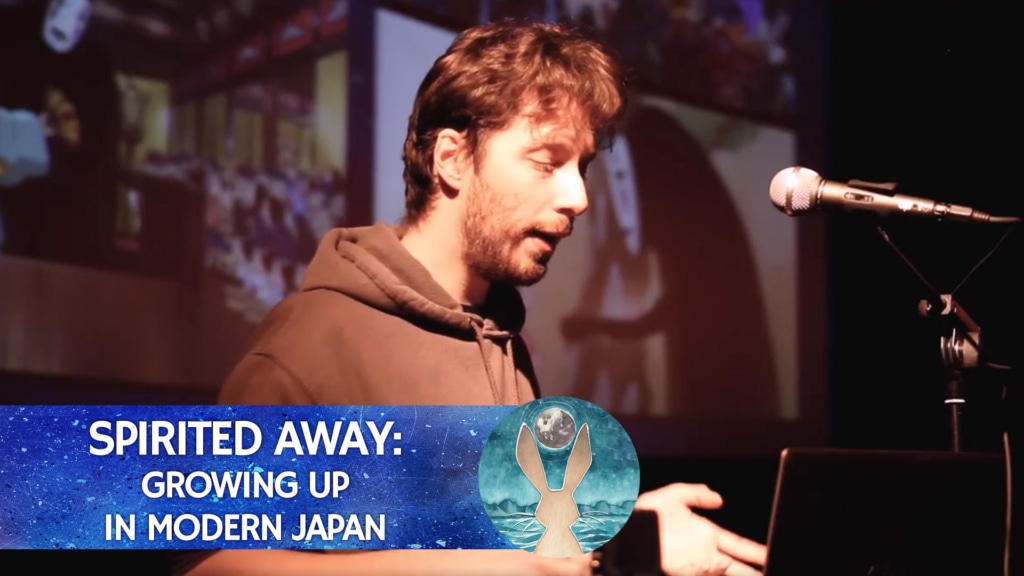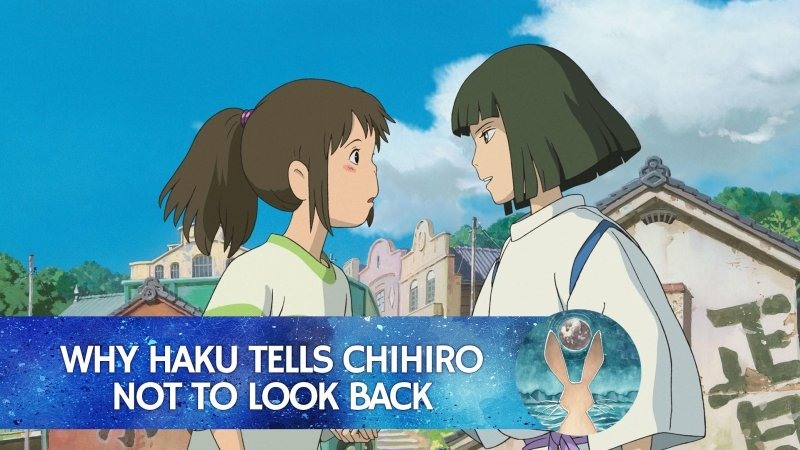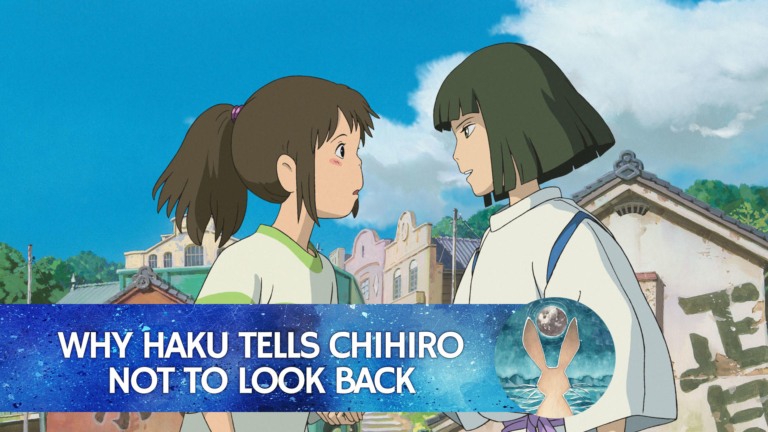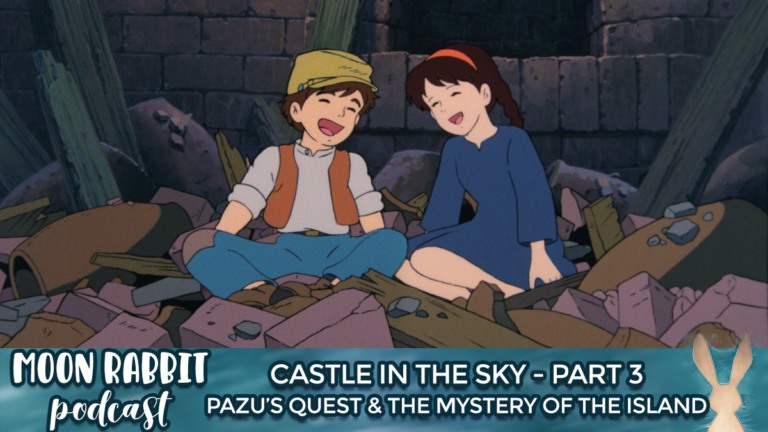Spirited Away is a Hayao Miyazaki film that holds two truths at the same time.
It’s one of the most well-known films in the Western world ever put out by Studio Ghibli (no doubt on account of its many award wins and what some critics have called it being the most West-friendly).
It’s also one of the most little-understood films when it comes to anything below the surface-level story (and sometimes even the surface-level story is confusing for people, especially towards the end).
On this page, I’ve gathered all my material available in English
An introduction to Spirited Away
In my introduction to the film that I gave for Picturehouse Cinemas’ Ghibli series, I briefly covered some of the most important aspects that lie below the surface of the story, including:
- The specific reason why Miyazaki made the film with this main character in mind
- The Japanese Shinto background behind why the film opts to use water as its main element
- How and why Miyazaki chose the traditional Japanese bathhouse as the analogy for Japanese society and growing up in it
- How Miyazaki uses eating and consumption to explain Japanese capitalism
- The ‘honne’ and ‘tatemae’ system of social functioning that’s deeply embedded in Chihiro’s personal story.
You can check out the video, Spirited Away is really about growing up in modern Japan, together with a full transcript and illustrations.
Why Haku tells Chihiro: Don’t look back
Spirited Away has a densely packed ending, almost as packed as Howl’s Moving Castle. A lot of happens at the end of the film in a very short timeframe, and one of the sentences uttered in the last five minutes of the story has had a lot of viewers wondering.
At the very end of the film, Haku turns to Chihiro and asks her not to look back as she leaves the mythological space the film takes place in and returns to her parents on the human side.
But why this request, and why does Miyazaki choose this mythological callback to end the film with?
In my post about this sentence, I talk about:
- The long history of asking people ‘Don’t look back’ in mythologies from Japan to Ancient Greece, India and the Middle East
- Trials of Initiation and how they connect to the underworld
- The ‘one direction’ rule in underworld storytelling
- How Spirited Away connects to classic mythological underworld stories in its themes
- Haku’s role as underworld guide
- the symbolism of Chihiro’s hair band ties it all together
I personally loved putting this article together, so why don’t you check it out: Why Haku tells Chihiro not to look back.
Other Spirited Away resources
I covered Spirited Away as part of my quick guide to underworld films.
Get the Studio Ghibli Guide!
If you haven’t yet, don’t forget to sign up for my Studio Ghibli Secrets Guide for a deep look into the storytelling and the mythologies behind the Ghibli films.



